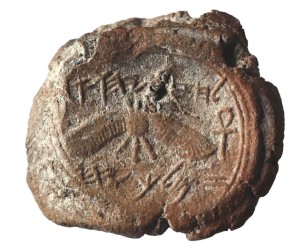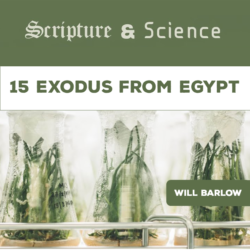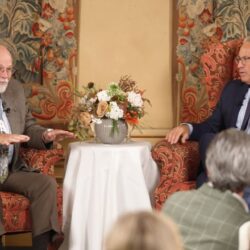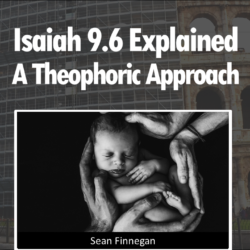 Archaeologists have recently identified a bulla that belonged to Hezekiah, the ancient king of Judah. In addition to Sennacherib’s prism and the Siloam tunnel, this new find bolsters our confidence in the historicity of the biblical Hezekiah. Here is a short definition of what bullae are from the Biblical Archeaeology Society:
Archaeologists have recently identified a bulla that belonged to Hezekiah, the ancient king of Judah. In addition to Sennacherib’s prism and the Siloam tunnel, this new find bolsters our confidence in the historicity of the biblical Hezekiah. Here is a short definition of what bullae are from the Biblical Archeaeology Society:
Clay bullae, or seal impressions, are among the most common Biblical artifacts found in Israel and the Near East. Clay bullae were formed by pressing a seal into a wet lump of clay that secured the string tied around a document. The seal impression served as both a signature and security measure for the authenticity of the contents. In the fiery destructions that were so common in antiquity, the documents and strings were usually burned away, but the clay bullae were baked hard and therefore preserved.
 Another famous bulla says “Of Baruch son of Neriah the scribe,” the one who likely wrote the book of Jeremiah. Consider this reference from Jeremiah 36.4:
Another famous bulla says “Of Baruch son of Neriah the scribe,” the one who likely wrote the book of Jeremiah. Consider this reference from Jeremiah 36.4:
Then Jeremiah called Baruch the son of Neriah, and Baruch wrote on a scroll at the dictation of Jeremiah all the words of the LORD that he had spoken to him.
Here is a video that shows the Hezekiah bulla and explains its significance in much more detail.






